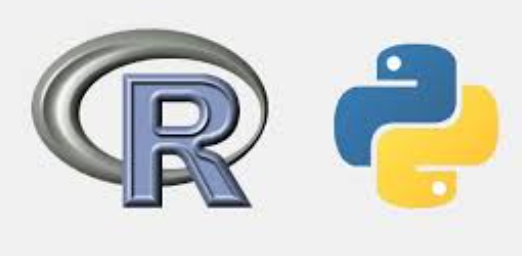Data Science - Data Mining Unsupervised Learning R & Python
- 19.03.2021
- 172

Created by 360DigiTMG Elearning | Published 2/2021
Duration: 1h 55m | 4 sections | 10 lectures | Video: 1280x720, 44 KHz | 939 MB
Genre: eLearning | Language: English + Sub
Learners will understand about Data Science- Data Mining Unsupervised Learning in developing & analyzing Data Science projects or Artificial Intelligence projects.
Become a Practical Data Scientist
Students will learn the Data Science Pr and Plethora of Data Mining Unsupervised Learning Techniques
Basic Programming, Mathematics and Analytics Mindset is needed
Data mining unsupervised techniques are used as EDA techniques to derive insights from the business data.This course includes practical approach and discussed about Clustering sntation, Dimension reduction, Association rules, Recommended system, Network Analytics, Text mining etc,.
Clustering sntation : In this first module of unsupervised learning, get introduced to clustering algorithms. Learn about different approaches for data segregation to create homogeneous groups of data. Hierarchical clustering, K means clustering are most commonly used clustering algorithms. Understand the different mathematical approaches to perform data segregation. Also learn about variations in K-means clustering like K-medoids, K-mode techniques, learn to handle large data sets using CLARA technique.
Dimension Reduction (PCA) / Factor Analysis Description: Learn to handle high dimensional data. The performance will be hit when the data has a high number of dimensions and machine learning techniques training becomes very complex, as part of this module you will learn to apply data reduction techniques without any variable deletion. Learn the advantages of dimensional reduction techniques. Also, learn about yet another technique called Factor Analysis.
Association rules : Learn to measure the relationship between entities. Bundle offers are defined based on this measure of dependency between products. Understand the metrics Support, Confidence and Lift used to define the rules with the help of Apriori algorithm. Learn pros and cons of each of the metrics used in Association rules
Recommended system : Personalized recommendations made in e-commerce are based on all the previous transactions made. Learn the science of making these recommendations using measuring similarity between customers. The various methods applied for collaborative filtering, their pros and cons, SVD method used for recommendations of movies by Netflix will be discussed as part of this module.
Network Analytics : Study of a network with quantifiable values is known as network analytics. The vertex and edge are the node and connection of a network, learn about the statistics used to calculate the value of each node in the network. You will also learn about the google page ranking algorithm as part of this module.
Who this course is for:Bners to Intermediate
DOWNLOAD
uploadgig
rapidgator
nitroflare